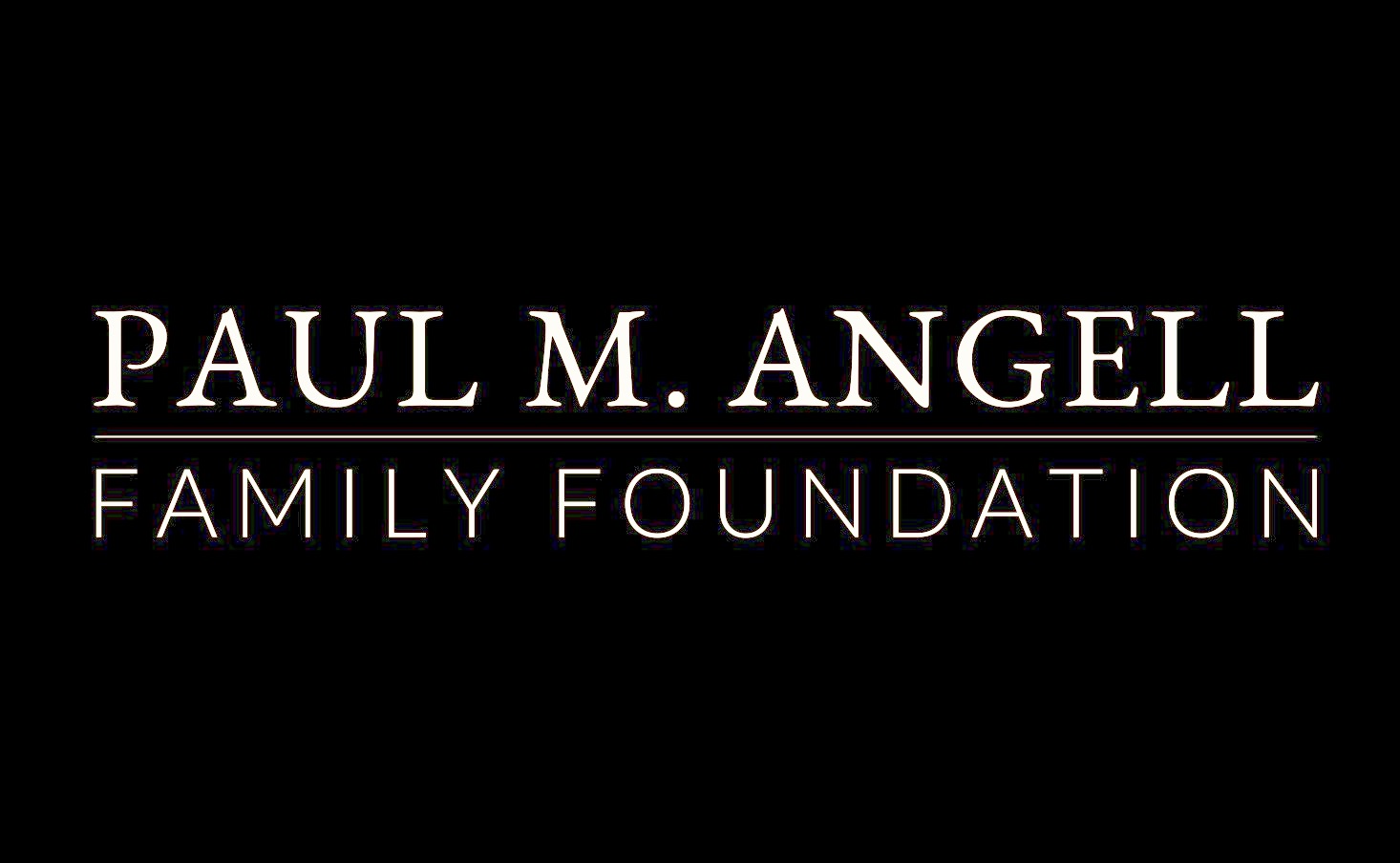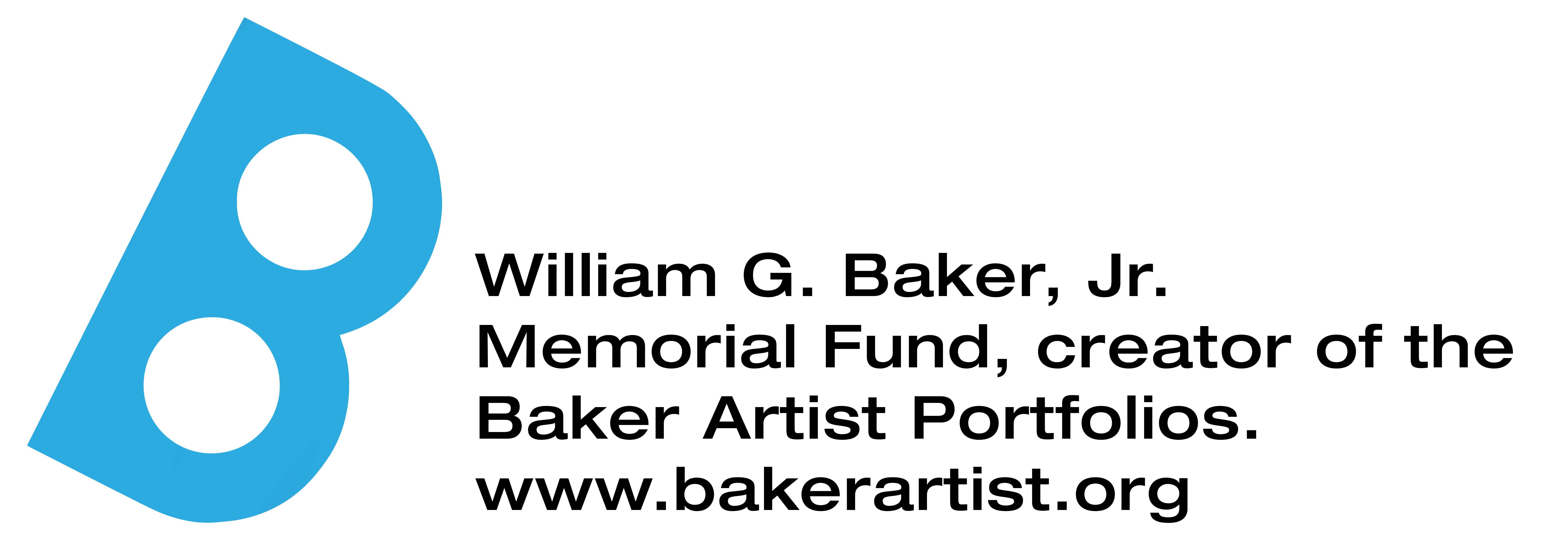Richard Goode, piano
The Zarelda Fambrough Memorial Concert
Location: Shriver Hall
Richard Goode has set an international standard of musicianship for decades with his "unfailingly beautiful tone, effortless technical command, interpretive insight and total emotional commitment to the music" (The Washington Post). A lauded performer of Classical and Romantic repertoire, he presents the vast emotional landscape of Beethoven’s magnificent Diabelli Variations, as well as his Op. 119 Bagatelles and astonishingly original Op. 109 Sonata.
"Everything stands revealed in the light of his interpretation." —San Francisco Chronicle
What You'll Hear
About the sponsor
Zarelda Fambrough, known as "Zee" to all, is remembered as a quietly enthusiastic and caring person, known for her support of the arts, for her love of nature (for many years she chaired of the Science Department at St. Paul's School for Girls), and for her work with adult literacy. She and her husband, Dr. Douglas Fambrough, a retired Professor of Biology at The Johns Hopkins University and amateur pianist, supported Shriver Hall Concert Series for decades, with Doug serving on the Board of Directors from 1986 to 2010. Doug and Zee endowed this annual concert in 2000 with the hope of inspiring others to support SHCS through major donations and planned gifts; Doug dedicated it to Zee's memory in 2017.
.png)
Richard Goode
Richard Goode has been hailed for music-making of tremendous emotional power, depth, and expressiveness, and has been acknowledged worldwide as a leading interpreter of Classical and Romantic music. In performances with the major orchestras, recitals in the world’s music capitals, and through his acclaimed Nonesuch recordings, he has won a large and devoted following.
Gramophone magazine recently captured the essence of what makes Richard Goode such an original and compelling artist: “Every time we hear him, he impresses us as better than we remembered, surprising us, surpassing our expectations and communicating perceptions that stay in the mind.”
One of today’s most revered recitalists, Richard Goode is a favorite of audiences in Boston, San Francisco, Philadelphia, New York, Houston, Portland, and Chicago and at numerous colleges and universities around the country. In Europe, annual appearances at London’s Wigmore Hall and the Edinburgh Festival, in Berlin, and throughout Germany, Italy, Switzerland, and the U.K. are always highlights. His masterclasses, in person or online, are hailed as truly memorable events.
In 2022-23, thirty years after his historic complete Beethoven Sonata Cycle at New York’s 92nd Street Y and his Grammy nominated recording, Richard Goode felt ready to tackle Beethoven’s daunting Diabelli Variations. His interpretation has been heard in New York, London, Philadelphia, Tippet Rise, Detroit, Toronto and St. Paul. Last season, Goode returned to the Saint Paul Chamber Orchestra for performances of Wolfgang Amadeus Mozart’s piano concertos, and the current season brings returns to Wigmore Hall, Chipping Campden Music Festival, Philadelphia Chamber Music Society, Shriver Hall Concert Series, 92nd Street Y, and Gilmore Piano Festival, among others.
In recent years, Richard Goode performed in a documentary celebrating the Mostly Mozart Festival’s 50th anniversary. He toured in the U.S. with the Budapest Festival Orchestra and Ivan Fischer, and appeared with the New York and Los Angeles philharmonics, Cleveland Orchestra, Boston Symphony, New York String Orchestra at Carnegie Hall, and in Europe with the London, Oslo and BBC philharmonics. He was featured by Carnegie Hall in a season-long Artist Perspective residency. For the first time in his career, Goode has been performing the last three Beethoven sonatas in one program, drawing capacity audiences in such cities as New York, London, and Berlin.
An exclusive Nonesuch recording artist, Goode has made more than two dozen albums, ranging from solo and chamber works to Lieder and concertos. His recording of the five Beethoven concertos with the Budapest Festival Orchestra and Ivan Fischer was nominated for a Grammy Award. Other highlights include the Johann Sebastian Bach partitas, a duo recording with Dawn Upshaw, Mozart piano concertos with the Orpheus Chamber Orchestra, and Johannes Brahms’s sonatas with clarinetist Richard Stoltzman, which was recognized with a Grammy Award.
Goode served, together with Mitsuko Uchida, as co-artistic director of the Marlboro Music School and Festival in Marlboro, VT, from 1999 through 2013. In fall 2021, Goode joined the Peabody Conservatory as Distinguished Artist Faculty. He is married to the violinist Marcia Weinfeld, and when the Goodes are not on tour, they and their collection of some 5,000 volumes live in New York City.
"One of America's most singularly gifted pianists" - The Baltimore Sun
Ludwig van Beethoven (1770-1827)
Six Bagatelles from Op. 119
View NotesBeethoven seems to have been the first to apply the term "bagatelle"—French for "trifle"—to short, freestanding piano pieces. His first set, the Op. 33 Bagatelles of 1803, was a grab bag of seven pieces thrown together to satisfy the composer-pianist’s admiring public. Loftier ambitions are reflected in the organic structure of his six Op. 126 Bagatelles of 1824. A year earlier he published his Op. 119, a collection of 11 pieces of varying degrees of difficulty and musical sophistication. Although several were originally intended for instructional purposes, Beethoven was incapable of pedantry. It is fascinating to hear these miniature gems alongside the three late piano sonatas—Opp. 109, 110, and 111—to which they form an appendage.
The Op. 119 Bagatelles were published in 1823, around the same time as Beethoven’s last three sonatas, but several of the short pieces date from much earlier in his career, while others had already appeared in an instructional book that came out in 1821. Unlike the Op. 126 Bagatelles, which were conceived as a unified cycle, Op. 119 is a set in name only. Yet these miniatures are more than miscellaneous clips from the cutting room floor; even the shortest of them has a coherent shape and thematic integrity.
Of the six bagatelles to be heard today, No. 10 is by far the briefest: lasting only about ten seconds, it flies past almost before we have a chance to register its existence, like a bystander glimpsed through the window of a speeding train. All the same, these 13 fleeting measures leave an indelible impression in their wake. Other bagatelles look ahead to the vividly characterized piano pieces of Schumann—No. 8, for example, with its mellow, hymnlike melody and chromatically enriched harmonies. Although the key signature of No. 7 is C major, it too ventures off the beaten harmonic path, to say nothing of the insistent pedal-point trills that anticipate the second movement of the Op. 111 Sonata. Only Bagatelle No. 6 is long enough to fall into discrete sections (though, curiously, the six-bar introduction has no thematic connection to the rest of the piece). No. 9 is a tiny caprice based on the idea of a leaping arpeggio, and No. 11 conveys a mood of childish innocence, ending with a charming imitation of a music box.
© Harry Haskell, 2025
Ludwig van Beethoven (1770-1827)
Piano Sonata No. 30 in E major, Op. 109
View NotesIn 1817 Beethoven received a six-octave Broadwood piano as a gift from the English manufacturer. Although he was almost certainly too deaf by that time to appreciate the instrument's expanded tonal and dynamic range, his keyboard music of the period—beginning with the mighty “Hammerklavier” Sonata, Op. 106, of 1817-18—reveals a similar expansion of musical boundaries. Like many of Beethoven's late works, these sonatas juxtapose passages of great tenderness and lucidity with lacerating eruptions of raw energy and emotion. How, and how much, the composer's deafness affected his music and outlook on life is to some degree a matter of conjecture, but there is no mistaking the "inwardness" of these extraordinary works, with their radical discontinuities, far-flung tonal relationships, and bold reconfigurations of musical time and space.
Commissioned by the Berlin publisher Adolph Martin Schlesinger, the last three of Beethoven's 32 piano sonatas were composed between 1820 and late 1822, the period in which he was struggling to bring the Missa solemnis and the Ninth Symphony to completion. In these pathbreaking works, one often has the sense that the composer is not hearing but feeling his way from one idea to the next, the notes forming themselves soundlessly under his fingers, detached from their auditory moorings. Improvising had always been a vital element in Beethoven's creative process, but it became even more so as deafness forced him to rely increasingly on his inner voice. "Real improvisation comes only when we are unconcerned [with] what we play," he said, "so—if we want to improvise in the best, truest manner in public—we should give ourselves over freely to what comes to mind."
The staggering of the two hands creates a delicately pointillistic effect in the opening of the E-major Sonata, betraying the Vivace's origins as a stand-alone teaching piece. Vast registral expanses soon open up in the first of the movement's two Adagio interludes. A hushed, codalike reprise of the main theme flows directly into an explosive triple-time Prestissimo in E minor, which veers between extremes of motion and affect. Storm and fury give way, in the sonata's third movement, to incandescent lyricism. "Songlike, with the greatest inwardness of feeling" is Beethoven's marking for the tender E-major theme, which unfolds in two eight-bar strains, each stated twice. Then follow six contrasting variations: a slow, achingly poignant waltz; a vivacious scherzo; a short, Czerny-like exercise, full of spitfire runs; a lilting andante, to be played "a little slower than the theme"; a briskly contrapuntal version of the theme; and an extended tailpiece that plunges into a dense thicket of passagework and trills before emerging into the calm, clear air of the opening melody.
© Harry Haskell, 2025
Ludwig van Beethoven (1770-1827)
Thirty-Three Variations on a Waltz by Diabelli, Op. 120
View NotesBeethoven burst onto the scene in cosmopolitan Vienna in late 1792 and spent the remainder of the decade burnishing his reputation as a pianistic powerhouse. Upon hearing him play, his fellow virtuoso Wenzel Tomaschek was so overcome with emotion—or perhaps envy—that he couldn’t bring himself to touch his own instrument for days. In a city crawling with top-flight pianists, Beethoven was acknowledged to be in a class by himself. His unbridled energy at the keyboard, and his formidable powers as an improviser, are the stuff of legend. Like most of his contemporaries, the budding genius was weaned partly on a diet of J.S. Bach. When, at age eleven, Beethoven received his first favorable review, it was for a performance of the Well-Tempered Clavier in his native Bonn. Upon moving to Vienna, he took lessons in counterpoint from the eminent teacher Johann Georg Albrechtsberger. Decades later, those early compositional studies would bear fruit in the gnarled fugues of his late-period piano sonatas and string quartets.
Throughout his life, Beethoven amused himself and supplemented his income by composing variations both on his own themes and on popular tunes, from patriotic tub-thumpers like “Rule Britannia” to operatic arias by W.A. Mozart and Antonio Salieri. In 1819 the publisher Anton Diabelli penned an unpretentious waltz and commissioned a Who’s Who of contemporary composers—including Carl Czerny, Franz Schubert, and the 11-year-old Franz Liszt—to each write a variation. He would then publish them in a collected album for the relief of widows and orphans of the Napoleonic wars, an initiative that was part charitable and part creative marketing for his firm. In the first half of that year, Beethoven wrote not just one variation, but more than twenty. After setting the project aside for several years, he expanded his draft to thirty-three variations in 1823. Diabelli decided to publish Beethoven’s variations as a separate album.
Hans von Bülow dubbed the Diabelli Variations, “a microcosm of Beethoven’s art,” and Alfred Brendel has described them as “the greatest of all piano works.” Yet, this monumental work was built from a trivial waltz that Beethoven originally dismissed as a “cobbler’s patch.” Nonetheless, it triggered a creative brainstorm. The musicologist Lewis Lockwood speculates that Beethoven was one-upping himself, having written a set of thirty-two variations on an original theme as a young man. Another likely source of inspiration was Bach’s monumental Goldberg Variations, which, like the Diabelli, run the gamut of moods between brilliance and introspection, lyrical simplicity and contrapuntal virtuosity.
With its simple C-major melody, regular phrase structure, and playful syncopations, Diabelli’s artless waltz readily lent itself to Beethoven’s brilliantly imaginative elaborations. From the first variation, a majestic march in 4/4 time, he mixes up triple and duple meters, alternately highlighting and obscuring the distinctive lilt of the underlying dance. The character of the individual variations is equally diverse, from gracefully flowing legato lines to crisp, percussive articulations, and each presents a different technical challenge to the performer. The daredevil acrobatics of Variation 19, for example, offer a vivid contrast with the somber, slow-moving, chorale-like harmonies of Variation 20 and the impish send-up of the aria “Notte e giorno faticar” (from Mozart’s Don Giovanni) in Variation 22. As the music becomes increasingly intricate and bravura in character, Beethoven belatedly introduces contrapuntal complexity in a rambunctious fugue (Variation 32), followed by a farewell nod to Diabelli’s waltz in the guise of a richly embellished minuet.
© Harry Haskell, 2024




